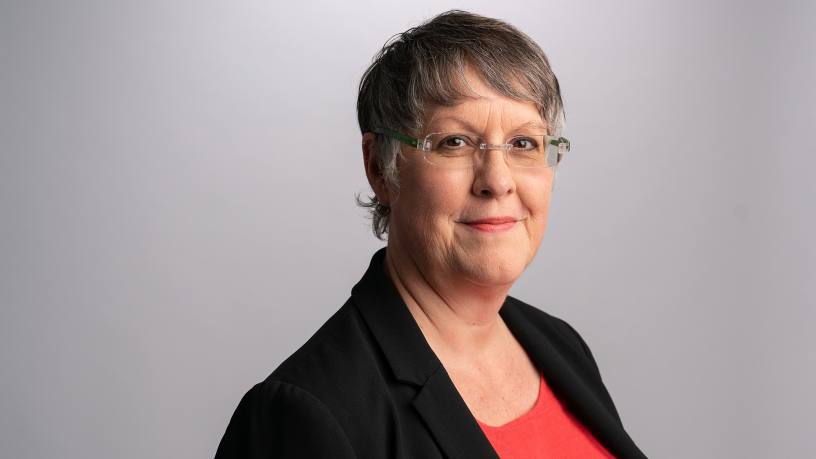Despite several dramatic demises and resulting skittishness in the markets earlier this year, the global banking industry has had a pretty good 18 months.
According to McKinsey’s Global Banking Annual Review 2023, the past year-and-a-half have been “the best period for global banking” since before the 2007–09 financial crisis, as rising interest rates have boosted profits.
The higher interest rate environment has fuelled improvements in net interest margins, which McKinsey estimates boosted profits by about $280bn in 2022. For example, in the US and Europe, net interest margins rose by between 15 and 80 basis points (bps), depending on the profile of each financial institution’s portfolio, with an average gain of 22bps.
The past two years have also been the best years for return on equity (ROE) in more than a decade. Banks’ ROE rose to 12% in 2022 and is expected to reach 13% in 2023, far above the sector’s average of 9.1% since 2010.
The financial services sector globally intermediated about $400tn in assets and generated $6.8tn in revenue in 2022 — both are records, according to McKinsey.
Net income for the sector of $1.4tn in 2023 was double the net income posted in 2017. Plus, the sector has managed to reduce its cost-to-income ratio from an average of 59% in 2012 to about 52% in 2022.
The Indo-Crescent region, identified as countries around the Indian Ocean, is now home to half of best-performing banks that are achieving breakthrough growth.
However, the McKinsey research also highlights what it calls the ‘great banking transition’, which it says “is very real, very large, and very tangible”. It has been affecting three key pillars of banking: the balance sheet, transactions and distribution.
First, the balance sheet. While financial assets have been growing, they have also been migrating off the bank balance sheet and towards non-banks, or off-balance-sheet vehicles such as alternative investments, digital assets, private capital, public pension funds, etc. According to McKinsey, the shift has been driven by customers’ search for higher returns and lower capital funding, but also for reasons related to business models or client service.
For example, more than 73% of the net increase in financial funds went into off-banking balance sheet between 2015 and 2022. However, there are regional differences: 75% in the US and 55% in Europe, but less than 30% in China and under 40% in Latin America.
As such, McKinsey decided to broaden the scope of this year’s annual review to define banks as including all financial institutions except insurance companies.
Beyond the balance sheet, transactions including payments and trading activities are also shifting. For example, consumer digital payment processing conducted by payments specialists grew by more than 50% between 2015 and 2022.
The change in distribution has a longer time horizon than the other two areas, according to McKinsey, but is already shifting toward hybrid models, including third-party transactions, which in some cases are not constrained by a balance sheet. For example, in many markets, online comparison platforms now have significant market shares across consumer finance, mortgages, and even deposits and loans to small and medium-sized businesses.
“Although it is the last banking pillar to be affected, the shift in distribution has begun in Europe and Asia,” said the report.
It lays out five priorities that the report’s authors believe could help institutions survive and thrive:
- Exploit technology and artificial intelligence, use talent better, and improve delivery of products and services;
- Flex and unbundle the balance sheet through syndication, originate-to-syndicate, and third-party balance sheets;
- Scale or exit transactions business, including through merger and acquisition, or by leveraging partners to help with exits;
- Level up distribution to sell to customers and advise them directly and indirectly; and
- Adapt to changing risks, including changing macro context, new regulatory requirements, and risk associated with technology.
Joy Macknight is editor of The Banker. Follow her on X (formerly known as Twitter) @joymacknight
Register to receive the Editor’s blog and in-depth coverage from the banking industry through the weekly e-newsletter.






